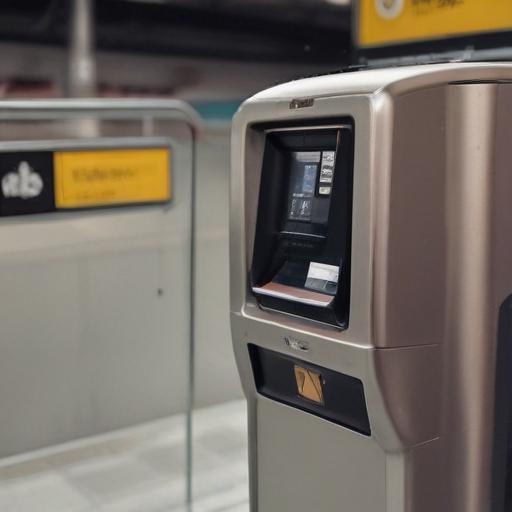The MTA’s proposal for fare and toll increases moves closer to a final decision, with the last public hearing slated for Wednesday in Brooklyn. Riders can participate in person at 130 Livingston Street or join the session virtually via Zoom. The hearing starts at 5 p.m., following an earlier session held at 10 a.m. The sessions are hybrid to accommodate riders who cannot attend in person.
What’s proposed
– Base subway and bus fare would rise from $2.90 to $3 in January.
– Express bus riders would see an additional 25 cents per ride.
– Bridge and tunnel tolls could climb by up to about 7.5%.
– Fares on the Long Island Rail Road and Metro-North Railroad could increase by more than 4%.
Public input
– Those wishing to speak at Wednesday’s hearing must register in advance online or by calling the MTA Public Hearing Hotline at 646-252-6777. Speakers are limited to two minutes.
– Members of the public can also submit comments in writing, by mail, by phone, or at select subway and commuter rail stations.
– The hearings will be livestreamed on the MTA’s website and YouTube channel.
Opposition and rationale
– Transit advocates and riders have pushed back, warning the hikes would fall hardest on working-class New Yorkers.
– “The poorest riders, the hardest workers who ride the most are the ones already bearing the greatest burden,” one opponent said at the first public hearing. “And yet the MTA is considering squeezing another couple of cents out of them every time they ride.”
– MTA Chair and CEO Janno Lieber has argued that smaller, regular increases help keep the system financially stable and prevent larger spikes in the future.
What this means for riders
– If you rely on subways or buses, plan for gradual fare changes and consider attending the hearing or submitting feedback to voice concerns or support.
– For those who cannot attend, the livestream and written comment options ensure your voice can be heard during the decision-making process.
Summary
– The MTA is seeking public input on a package that would raise base fares, add a small increase for express buses, and lift tolls and some rail fares. The final public hearing offers one more chance to weigh in before a board vote, with multiple ways to participate remotely or in person. A balanced approach, supporters say, aims to preserve service reliability while maintaining long-term financial stability. A hopeful note is that ongoing public engagement can influence targeted relief measures or adjustments to mitigate impacts on the most affected riders.
